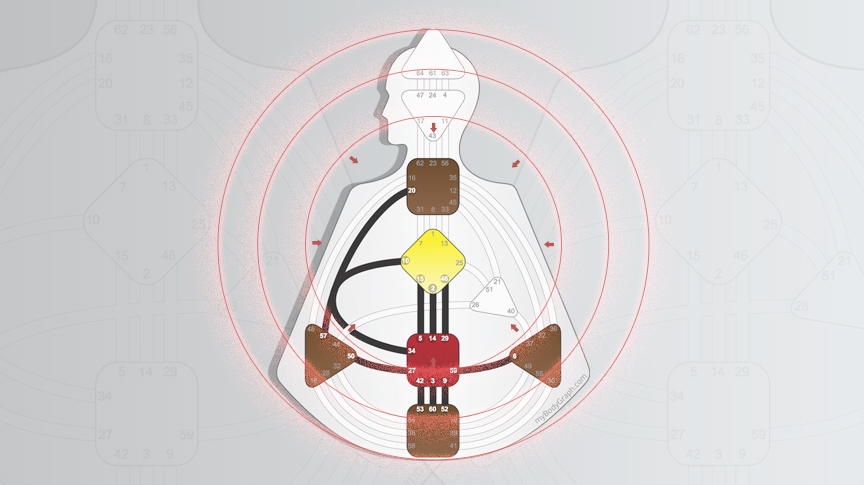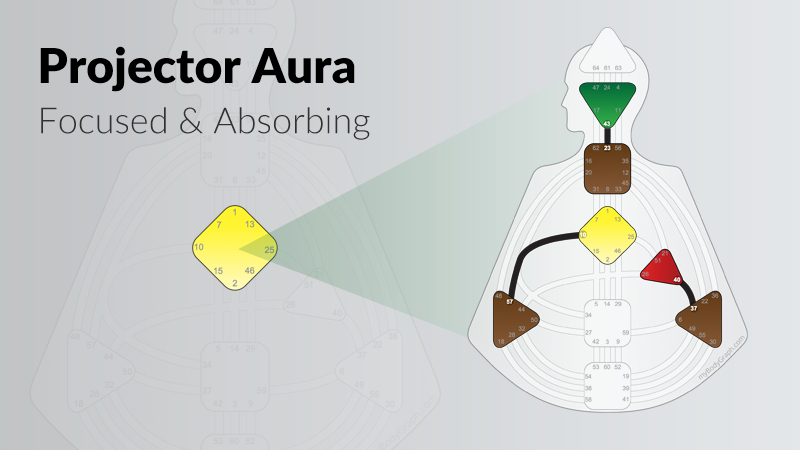
Why Does the Human Design System Label People?
Remember when you were a child and you were given the label of flower for those bright explosions of color that riot throughout springtime? You noticed that plants are different not only between species but also within, depending on where and how they were grown. Each has a Signature, the spirit of its life-force expression.
But something gets lost when we label things. Have you noticed how labeling leads to stereotyping? We think we know a thing from the label, and then we may take it for granted. It’s important not to get caught up in labeling people without taking the time to honor each as the unique masterpiece they are.
In regards to Human Design, what it all comes down to is that the Types were developed by the founder of this system, Ra Uru Hu, as a way of simplifying the bodygraph information, to make it easy for a newcomer to grasp the fundamentals of decision-making immediately and experiment.
A common concern I’ve encountered in my professional work with Human Design: does my Type mean I can’t do what the other Types do? For example, Generators want to know if they can guide others. Projectors want to know if they can manifest.

You know how everyone says…
“You can’t judge a book by its cover”?
This phrase of speech tells us that you can’t always trust what you see. It says look deeper, beyond outward appearances.
It’s a rare person who doesn’t draw some opinion about others based on initial observations. Rarer still are individuals who are skeptical of their original judgment of others’ appearance, behavior or the sound of their speech, allowing that perception to change due to evidence contradicting it.
You and I both know that when it comes to people, it takes mental work not to slip into this superficiality. Wouldn’t you agree that many people naturally draw conclusions about others based on what they say they do for fun or work? “I’m a lawyer,” or “I’m a librarian,” instantly conjures up judgments about who that person is.
When I first came to Human Design, I was told:
“you’re likely a Generator.”
Just as you can’t judge a book by its cover, you can’t judge a person by their bodygraph, and you can’t judge them by how they initially appear because many are not living their true selves. Every single individual is entirely unique, and Human Design can show you how to get beyond the homogenized outside appearances to the authentic nature of every person.
It turned out, I’m a Projector. Deeply conditioned to “work hard” my whole life, and burning myself out repeatedly in the process.
Human Typing Systems
If you take a look around you at the world today, you’ll see a lot of methodologies for “Typing” someone. Everything from blood typing to hair typing, to Myers-Briggs, Enneagram and Generational Types.
But the Human Design System offers far more that just a Type. This system goes deep into the core of a person, showing us what makes each individual. It’s not about taking tests or answering a ton of questions—all that’s needed is your precise birth time, date and location. Because this science is based on your genetic imprinting using a combination of modern and ancient observational sciences, you’ll find it a highly accurate tool for self-discovery.
Most people’s minds measure and compare how other people dress, what they drive, and especially how they talk—do they sound educated or not? Value judgments on whether or not it would be advantageous to connect with and know them or not ensue.
I notice the same thing happens in the Human Design System with people looking at each other’s charts. Whether it is projected, implied, misunderstood or a natural consequence of the hierarchical nature of our seven-centered ancestors that we are still in the midst of shedding the habits of, I see it occur.
Human Design Types
I feel you can’t judge a person simply by their Type. Yes, the generalizations of Type are there to help us read and understand the map as well as how to navigate by it are based on the definition. But the map is not the territory. It is a snapshot of the energetics at your birth, the potentials that are there are up to you to discover. One of my favorite Human Design Analyst teachers constantly reminds us to go beyond the words to look at the energetics. What do the words point to?
To understand each other, we need to move beyond what we think we know about others from external appearances—and even their bodygraph. Human Design offers us the graphical representation of the energetics and the keys that point to what a person is. Just as a map is simply a piece of paper, not the land mass it represents, so too is the bodygraph a collection of symbols we analysts are trained to read. Like how every computer has a model number or name that indicate general characteristics, while there may be all kinds of software on there that differentiates it from others of the same brand, make and model. The map shows the binary of our hardware (design) and software (personality) and the synthesis of the two shows the likely potentials but is not the entire picture of the person it represents.
Yes, when you are educated in the Human Design System you can look at the bodygraph and see compelling and accurate clues about someone as far as what makes them tick. You can draw conclusions about them that can be very telling about the pain and suffering they’ve been through. You can even run their Life Cycle charts to see the learning programs they face and get the flavor of their current opportunities and challenges.
We cannot judge anyone, even people we think we know—because our perception could never see all the elements at work in other’s lives. We can’t know exactly the scenarios of what life holds for them, we cannot know everything of their past or future. Even getting in their aura and spending a good amount of time with them, it takes years to know another, truly, deeply—and all you ever know is the version of them they become around you.
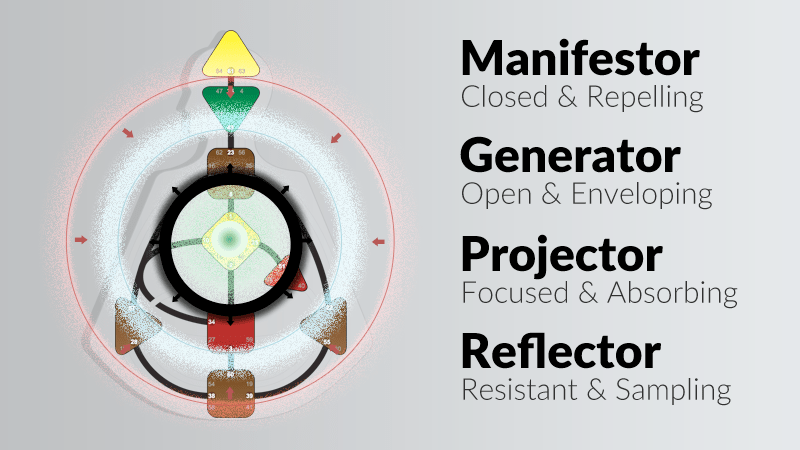
Image from Jovian Archive.
Despite the fact that in the Human Design System we have four Aura Types—and in the BG5 business language that would be four Career Types—there are billions of variations of how each of these Types shows up. When you take it down to the deeper levels, we are all here with the potential to be vastly different. Even twins born to the same parents at nearly the same time are very, very different, seen at the depth of differentiation below the surface of the bodygraph that you can delve into with Primary Health System and Rave Psychology. The unseen aspects that make them unique are the fact that no two people can occupy the same space at the same time, and so the conditioning they experience further differentiates them.
Judging A Person By Their Type
Once you grasp who you and others are are here to be, “judging the book by its cover”—or a person by their Type—happens less as you open up to the possibilities of how everyone, every single one of us, is here to be like snowflakes; incredibly, utterly unique.
Still wondering about that common question among newcomers? Yes—energy types (Manifestors, Generators) can guide others. Many of them may have Projected elements in prominent places in their design, channels that are there to be recognized and invited to help others to success. Non-energy Types (Projectors, Reflectors) can manifest and generate, although it is generally in partnership with others. These rarer Types have no consistent access to energy (as the energy types do) and they are here to be specialists:
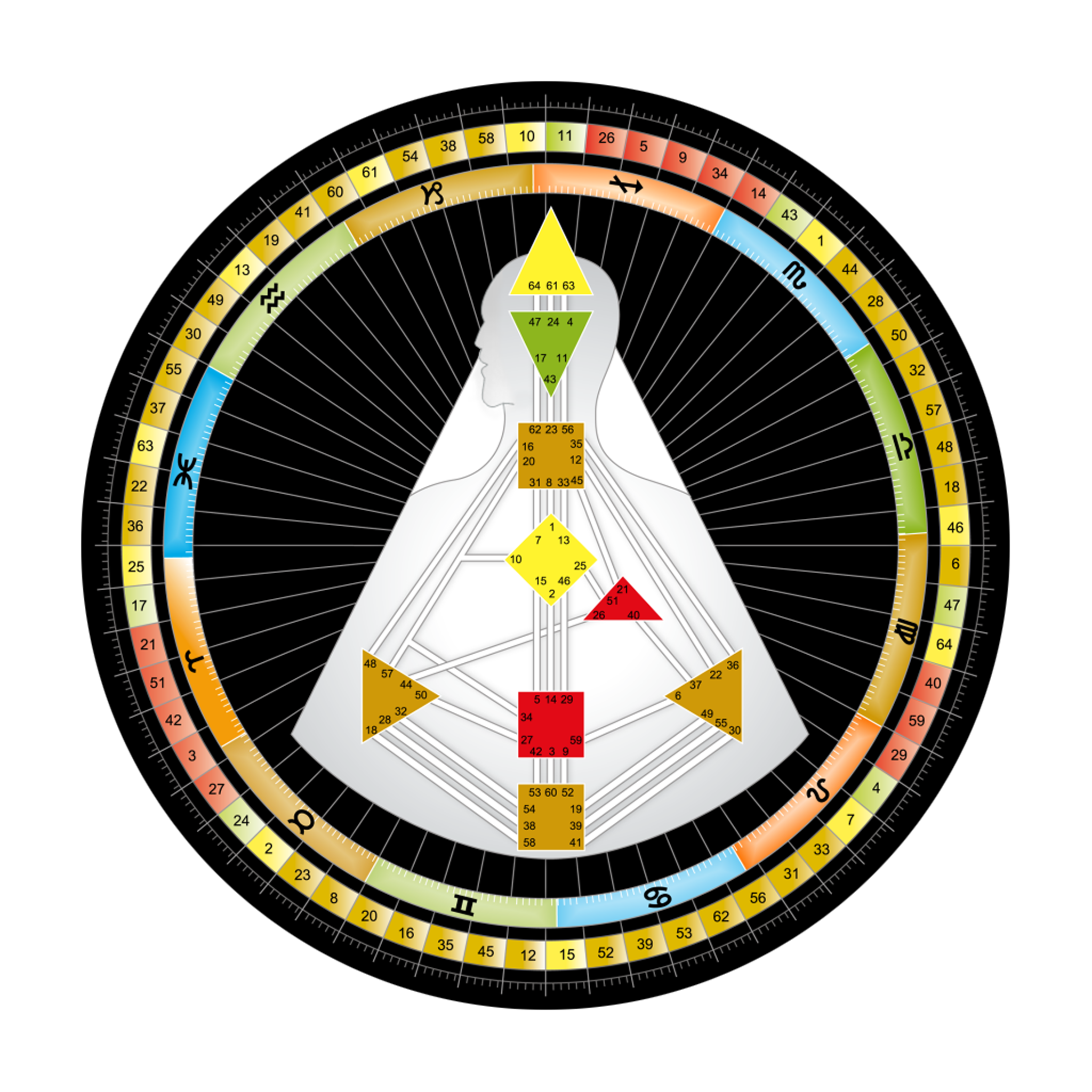
- Projectors in advising the process of successful manifestation and effective generation, primarily in partnership with one person at a time, though a few are designed to perform group roles for short periods of time.
- Reflectors in evaluating who/what is different and being a barometer of how things are going in their community/business.
The Human Design Aura Types (the BG5 Career Types) give us the general thematics that show up in people and the way of understanding the energetic potentials.
What Human Design Is Good For
Human Design is to help you figure out how to be and love yourself; it is not to provide a label for judgment. In fact, Human Design is an amoral system – there is no “good” or “bad” here. The labels simplify the layers and layers of complexity that is us. Human Design can be a tool to help us understand people, but is mostly and most importantly a system to help you navigate your interaction style and decision-making in the world. Others may be not-self or self and most are a mixture of both. We are not our bodygraph; we are intricately designed beings changing in the neverending now… with what we see, how we feel, who we are, what we do, how we act. Seeing our charts gives us potentials—it by itself does not show what we will or will not do with the possibilities there. We are the only ones who can experience how our design relates to us over time. You Design shows you what is most you, and others can never actually comprehend the totality of who you are. When you are operating in tune with your Design, you can live out your incredible uniqueness and differentiation, transcending labels.
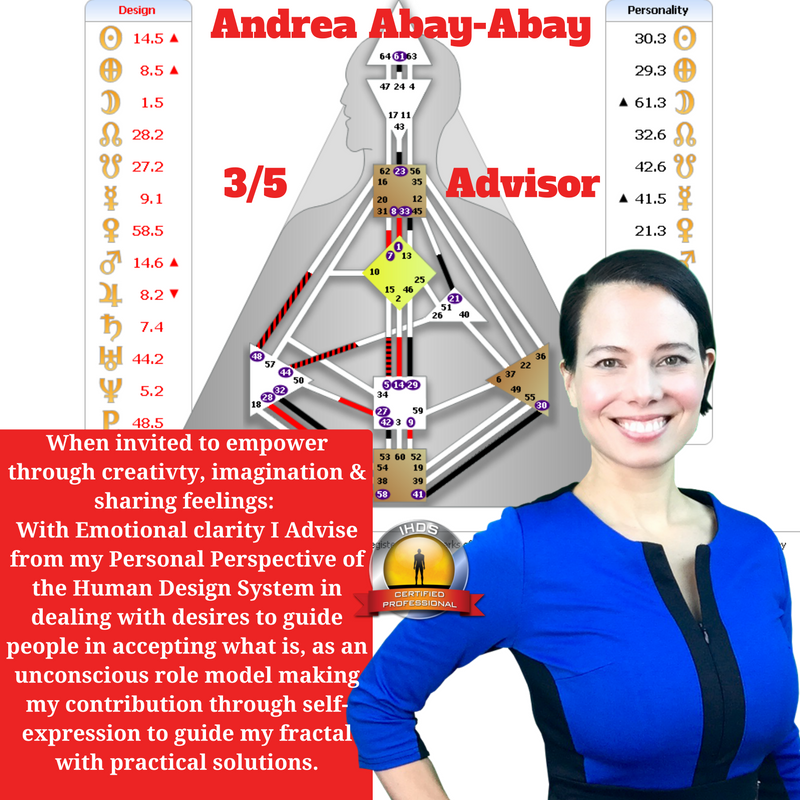
Remember that the most practical use for Human Design is that it’s about our decision-making as ourselves. Commune with others when it’s in alignment with your authentic energy flow, discerning by attraction, resonance, and harmony to find balance, fulfillment and joy. Does that make sense? Would you like to share your thoughts or experiences on this topic in the comments below?

